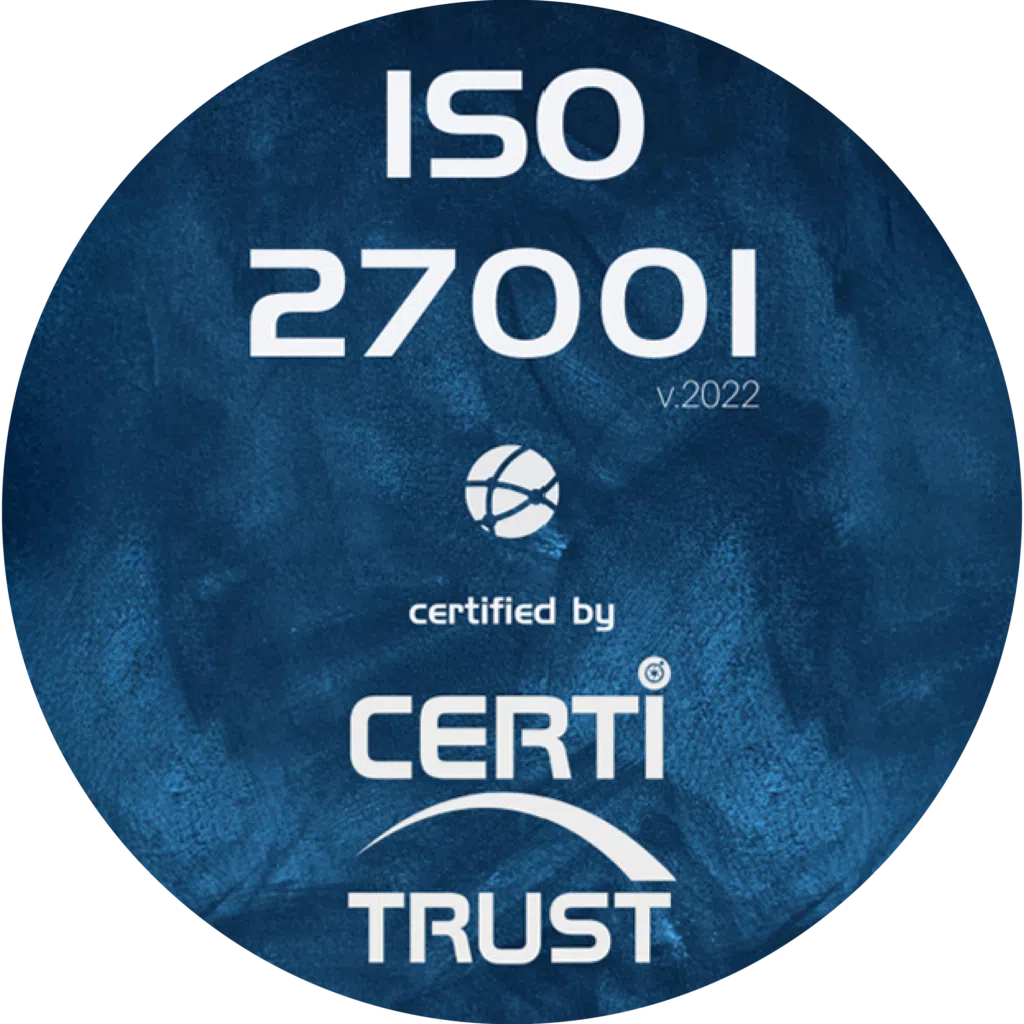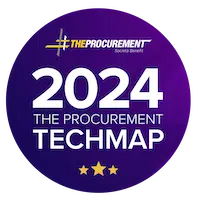What do you think is more important? Your sales or your sales margin? If you’d like to find out why sales margin is more important than sales, stay with us until the end of this article. Mastering SRM software with all its functionalities is a real asset for the development of any business
By the end of this article, you’ll know how to increase your sales margin while keeping your costs down thanks to SRM. It’s a common topic of interest to entrepreneurs who want to maintain good supplier relations.
What is SRM?
SRM (Supplier Relationship Management) refers to all the processes and decisions that help to streamline and strengthen the supply mechanism. These are made possible by new technologies such as collaborative tools and dedicated SaaS software (WMS). Supplier relations are of paramount importance, and represent a real lever for improving your company’s operational efficiency.
More than a simple exchange of information, SRM encourages you to share a methodology, business terms and precise information with your suppliers, so that you can better adapt your respective services.
The benefits of SRM
Supplier Relationship Management (SRM) is a method that optimizes the exchange of information between companies and their suppliers, thus capitalizing on the circulation of this information. Why and how to implement and apply SRM?
Although we tend to forget it, suppliers can represent an enormous competitive asset for a company: sourcing, negotiating terms of trade, payment deadlines, communication… are all points that must not be neglected to remain competitive and increase your sales margin.
For an effective business relationship, you need to promote mutual understanding between you and your suppliers. Supplier Relationship Management (SRM), which emerged in the early 2000s, focuses on optimizing supplier relationships and the procurement process. The added value lies in the additional information they can deliver. Together, we will report on the steps involved in setting up and implementing SRM in your company.
In the long run, SRM is highly beneficial, enabling you to:
- Transform and optimize communication with all your suppliers
- Share your method and organization to obtain the best supply conditions. Bear in mind that the better informed a supplier is about a company, the more likely he will be able to provide a better service that meets his customer’s expectations.
- Learn more about each supplier’s products and added value.
Basically, the aim is to develop a business relationship, a long-term “win-win” partnership for all parties involved.


SRM functionalities
To apply SRM, you need to follow this simple 6-step method, accessible to all companies:
- Collaborative design” refers to the process of incorporating all the important issues and questions influenced by the relationship with the supplier. For example, over what periods might your needs increase? Ideally, how quickly would you like to be delivered? What attributes are essential to your product? Once you’ve done this, you’ll have a clear idea of what you want and what will satisfy you.
- Sourcing involves choosing the most relevant suppliers according to the preferences you’ve established above. Map out the most suitable companies according to price, production capacity, delivery times and product quality. Before the final selection, shorten your list to 3 or 4 companies.
- The final selection is when you make your final choice of supplier. To make your task easier, SRM software will enable you to manage requests for quotations, price proposals and supplier information (including economic and financial health). You’ll find yourself in possession of all the elements you need to make a methodical and efficient selection of the supplier who offers all the best conditions to meet your expectations.
- The negotiation that follows involves formalizing your commercial relationship with your supplier by signing a contract.
- Procurement is the stage during which both parties agree on the logistical aspects, from ordering to final delivery of the product.
- Supplier evaluation is a step too often left to one side. Many companies stop monitoring once the terms of supply have been agreed. Yet it’s important to monitor the quality of the service actually delivered. Compare the evolution of your supplier’s goods and services with your real needs, and don’t hesitate to communicate new expectations. Involve yourself in a process of continuous optimization of your supplier relationship over the long term.
A company that has established calm, stable and lasting relationships with its suppliers can offer better quality service to its customers, limit stock-outs and optimize its storage costs. In this way, competition is no longer based on the companies themselves, but on the efficiency of their respective logistics systems. The secret of success lies in theefficiency of the logistics function, which enables companies to achieve productivity gains while increasing customer satisfaction.
Tips for increasing sales margins
Controlling your sales
First of all, make sure that all your services and goods are correctly invoiced. Making a multitude of (often unnecessary) commercial gestures, or tolerating a few billing oversights, will have a negative impact on your sales!
It’s best to implement control procedures to reduce any errors. The use of an ERP or CRM system will facilitate the flow of information within the company and enable better management of your sales. What’s more, they usually come with a number of indicators that will help you to better manage your business. You’ll be able to use the dashboards to work on your weak points, such as having too many unsolicited quotes.
Increasing your sales by controlling product margins is a good start to achieving a satisfactory margin rate.
Focus on top quality and impeccable customer service
Do you pay particular attention to your: return rate? Complaint rates? Refund requests? It’s unlikely that an unsatisfied customer will come back, and that’s one less loyal customer for you. To keep your customers coming back, you’ll need to do more than just cut costs: your service must be impeccable, your products high quality and your team competent. Why do you think companies that produce top-of-the-range, high-quality products make so much money with such huge margins? It’s because they back up their near-perfect products with 5-star customer service, because customer satisfaction is their priority.
Think of products that cost you nothing
First of all, always offer your customers products that suit them, then you can accompany them with high value-added services and charge extra fees not included in the cost price. You can provide services at very low cost that your customers will appreciate, and that will enable you to increase your net margin. For example: preventive visits, training, consulting, etc
Why does it cost you next to nothing?
By investing mainly your time, you’ll be able to provide your customer with something extra without considerably increasing your expenses. And this investment of time will enable you to anticipate your customer’s future needs. In the long term, you’ll save time on studying your customers’ needs and on the often lengthy communications that accompany them before closing a sale.
Maintain good relations with your suppliers
Lower costs mean higher margins. One way of doing this is to foster relationships with your suppliers. In fact, good contact with your supplier can be an opportunity to find out about their special offers and take advantage of them. This is reflected in the purchasing conditions you negotiate with your suppliers. But beware: supplier relations require compliance with the relevant regulations.
Optimizing your margins can therefore be achieved through a good relationship with your suppliers, so don’t neglect it!
Want to learn more about our Weproc procurement management software?
Contact us or request your 15-minute demo below!








